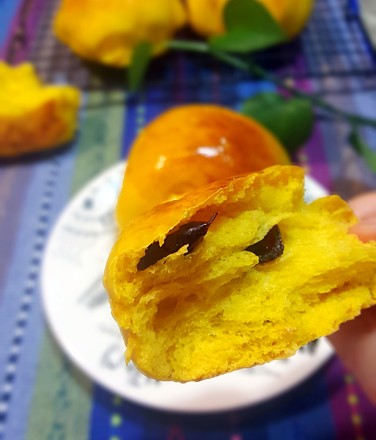Chive Flower Roll
1.
Prepare the ingredients. If there is no salt and pepper powder, you can replace it with ordinary salt. The salt and pepper powder has a fragrance, while the salt only has a salty taste.
2.
Pour the flour into a large basin, add yeast, a little salt and white sugar. White sugar can promote the rapid fermentation of the dough, and the salt gives the dough a little bottom taste. Pour in warm water of about 45 degrees, mix well, and then add a small amount of water several times according to the softness and hardness of the dough until the dough is soft and firm, and then knead it into a smooth and soft dough.
3.
Cover the kneaded dough with a clean damp cloth or plastic wrap, or a glass pot lid. In short, it is convenient to observe the state of the dough. The fermentation is twice as large in a warm place.
4.
When the dough is fermented, prepare the scallion oil, wash the scallions, and cut the scallion stalks and scallion leaves separately. If the scallion stalks are used to saute the oil, you can cut them into sections. The scallion leaves wrapped in the rolls can be chopped as much as possible.
5.
Heat a wok, pour in cooking oil, sauté the scallion stalks and remove them, use a bowl to stir-fry noodles or stir-fry meat.
6.
Put 20 grams of dry flour in a bowl, add some crushed seaweed, crushed shrimp and salt and pepper powder, and then drizzle hot oil on top.
7.
Add chopped green onion, stir evenly, serve as shortbread, set aside for later use.
8.
The dough is fermented to twice its size, and the dough will not shrink when you poke your fingers in the middle, indicating that it is just right. Take it out, put it on the chopping board and knead well and exhaust. If the dough is too thin, you can sprinkle some dry flour on the chopping board, or apply some cooking oil on the two palms to prevent the dough from sticking to your hands. Use a rolling pin to roll the dough thin and arrange it into a slightly regular rectangle.
9.
Spread the pastry evenly on the dough. It is convenient to use a spoon or wooden spatula.
10.
Fold the dough sheet again, fold a layer and press lightly by the way, so that the roll is firmer.
11.
Roll into a long strip, lift both ends with both hands and stretch it slightly to make it evenly.
12.
Cut the noodles into several noodles of uniform size. The noodles should be as small as possible, so that they will be cooked through and the taste will be more crispy.
13.
Pick up the dough with both hands, stretch both ends a little, and then twist it into a twist. Cover the finished Hanamaki with a lid, let it rise for about 15 minutes, and then adjust the water and starch.
14.
Put 10 grams of starch in a bowl, add 100 grams of water and mix well, set aside for later use.
15.
Heat a pan, pour a little cooking oil, neatly add the Hanamaki when the oil temperature rises, and fry on medium heat until the bottom of the Hanamaki is browned. [About 4 minutes], stir the water starch again, pour it into the Hanamaki from the side of the pot, and turn it to high heat.
16.
Cover the pot, fry and simmer until the water starch is dry and form a crystal-clear ice flower shape, just shovel it up.
Tips:
Tips for food:
1. The finished Hanami should be allowed to wake up for about 15 minutes, so that the taste is fluffy and soft.
2. Pay attention to the water vapor in the pan when frying. When it forms an ice flower shape and is transparent, it means that the water has dried out, just shovel it up.

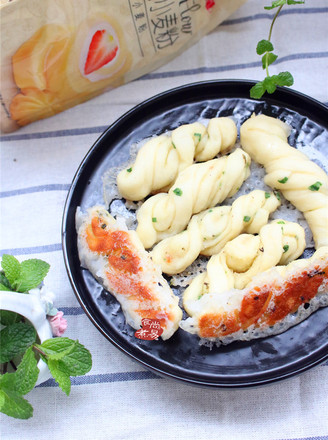
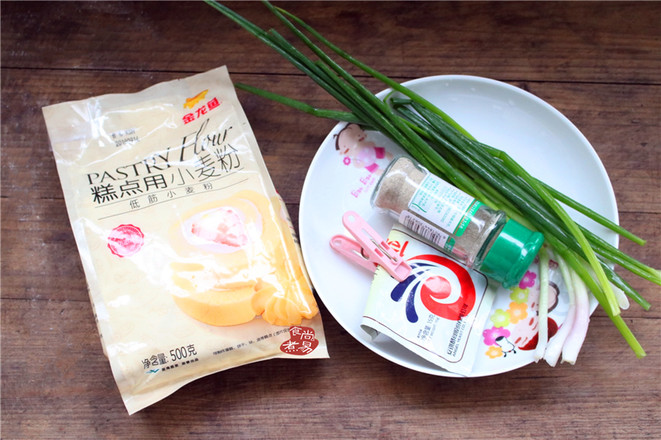
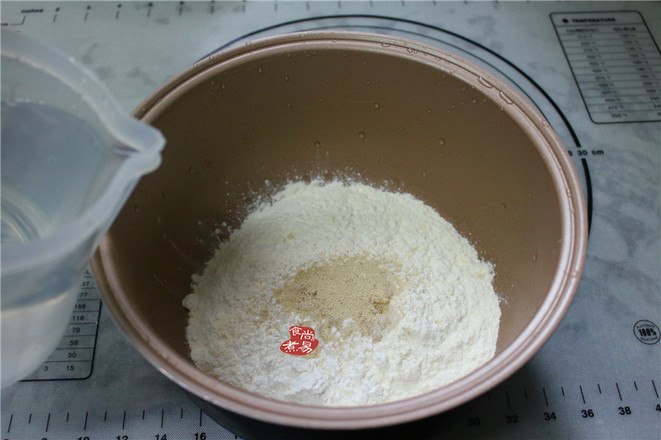
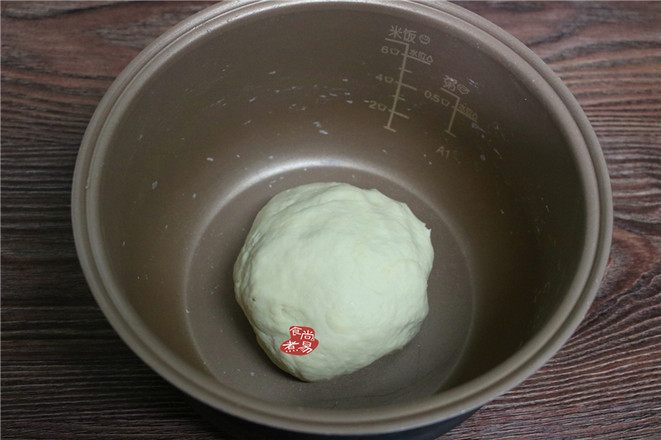

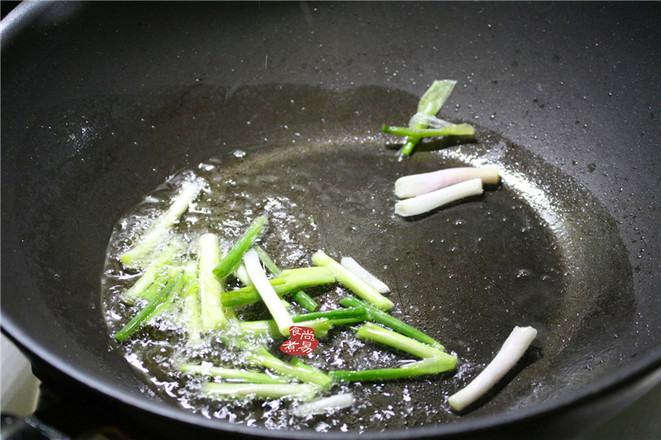
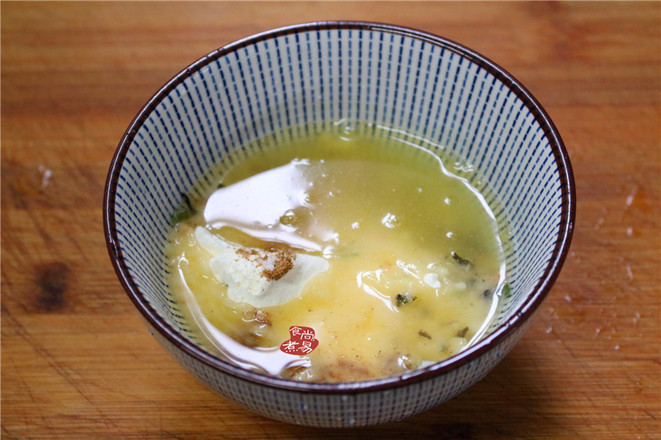
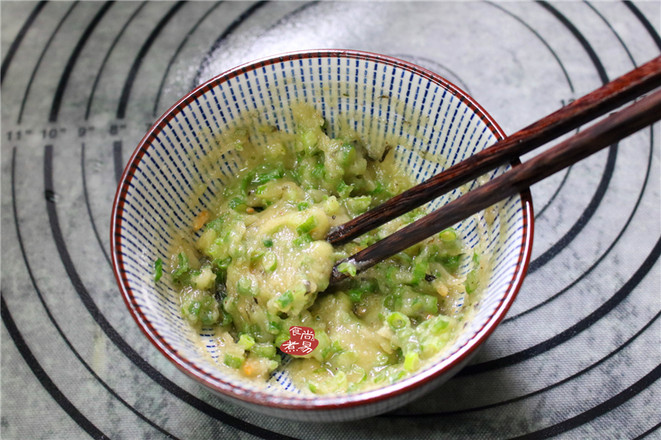
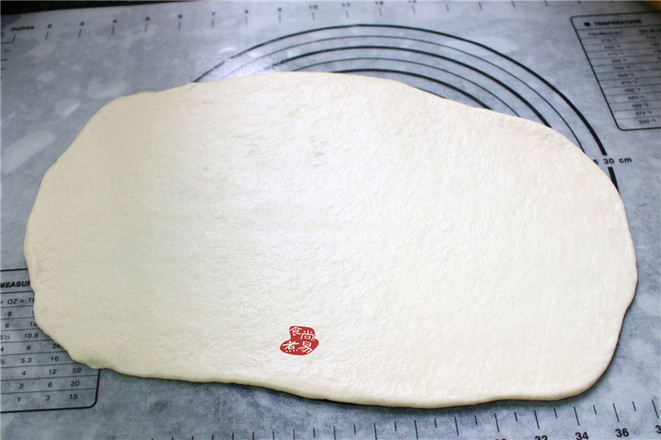

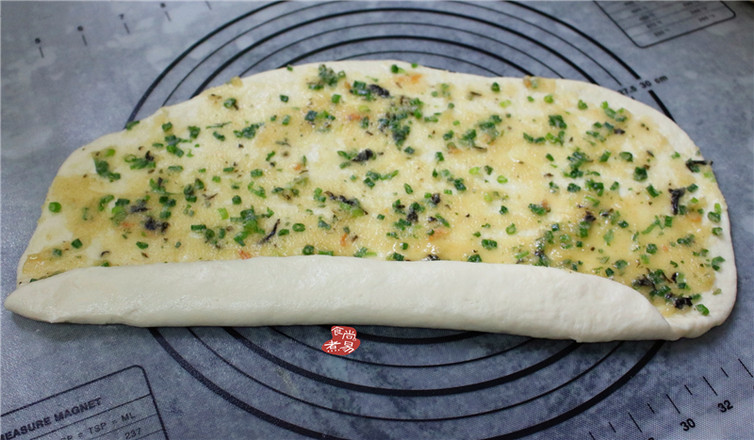
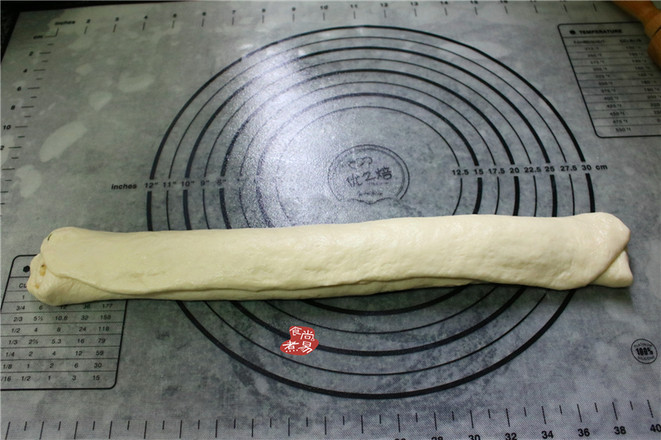

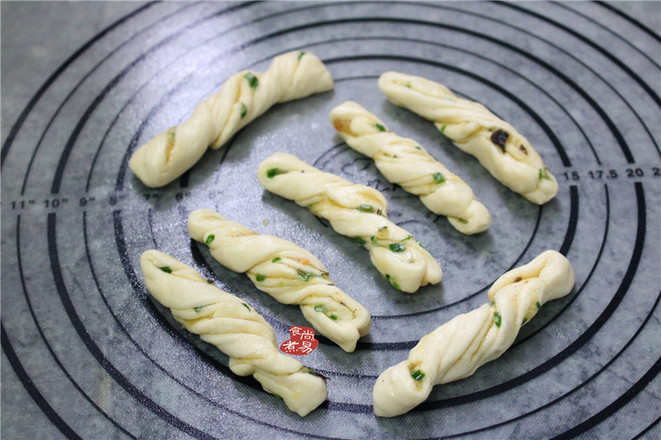

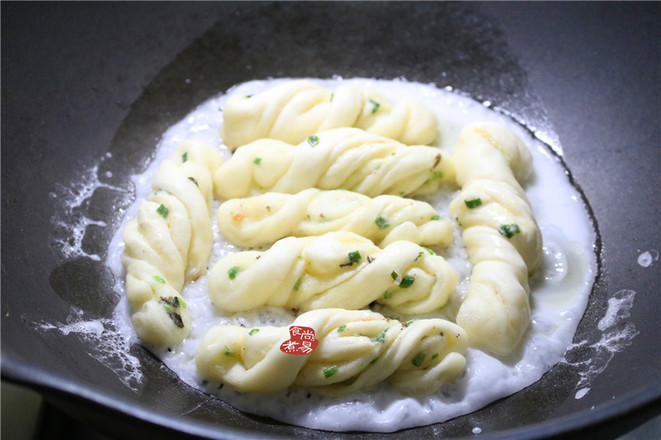
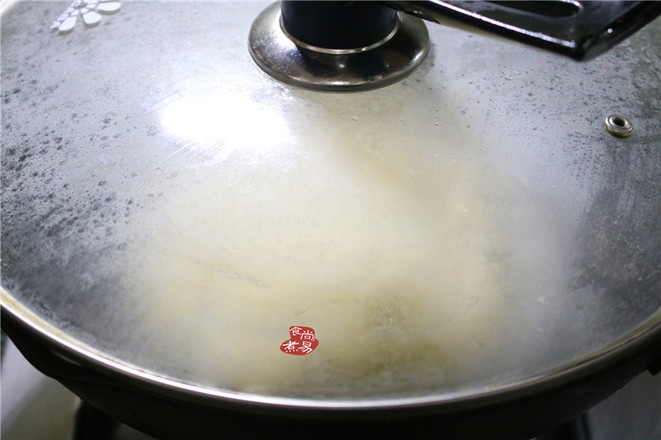

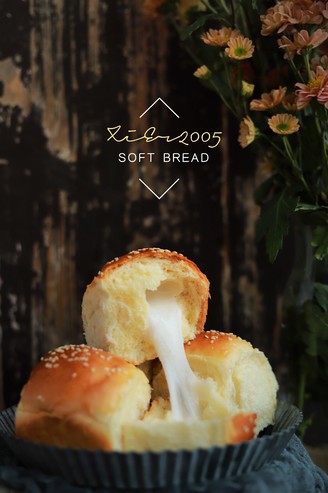
![Seasonal Vegetable Patties [baby Food Supplement] recipe](https://img.simplechinesefood.com/02/024b910033009872aea33017c755a377.jpg)




